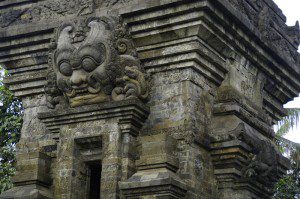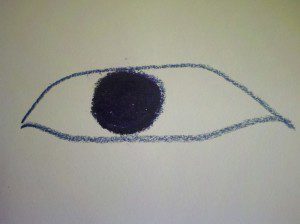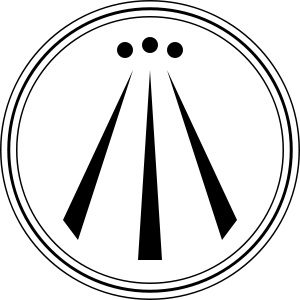
- I recommend getting to know Death, and approaching life’s choices with the clarity that the presence of Death brings.
Saint Ignatius Loyola, the warrior-father of the Jesuit order and no slouch at visualization, recommended the following means of making a sound decision:
Suppose I am at the point of death. What course of action would I then wish to have followed in coming to this particular decision? Let this be the rule for settling the whole business.
In “Making Death Your Ally”, one of my favorite workshops, I lead participants, in total darkness, into a close encounter with a personal Death, who can take many forms – as a white goddess or a black god swinging a noose, as a gentle breeze at the window, as a spiral flame.
Edgar Cayce dreamed of Death as a fair, robust, rosy-cheeked young man who carried shears that he used to cut the psychic cord that binds the subtle body to the physical body at the crown of the head.
In Hopi mythology, the god Masau’u — depicted as a skeleton wearing a mask — is the gatekeeper and mediator between the realms of the dead and the living. In the Hopi creation story, when the ancestors journey up from the underworld to inhabit the earth, it is Masau’u who welcomes them into the sunlit world. He is a friend and guide to humans and knows the ways between the worlds; he is also the lord of boundaries, fire, fertility — and humor. He can turn anything into its opposite.
The ancient Greeks had two names for their death lord. They called him Hades, which means “the unseen,” and Pluto, which means “rich.” The words hint at the treasures to be found in his realm.
The close encounter with Death brings courage, which Rollo May rightly identified in The Courage to Create as the heart of the creative endeavor. It encourages the ability to go beyond the surface vicissitudes of daily life. It brings keen awareness of a larger reality.
When I most need clarity, I check in with my personal Death. He/she has worn many masks. When I was a teenager in Canberra, Australia, she came swirling through my dreams and reveries in the terrible shapes of Kali. At the back of the history class on airless afternoons, I wrote a cycle of poems in her honor:
In the darkness, a dark woman came to me
Softly as the ticking of a clock
I have seen death swinging a Scottish broadsword. I have seen death as a great black bird, as a purple bruise flowering in a yellow sky, as a sweet and luminous friend.
The Death I want now (to echo a splendid line of Octavio Paz) carries my name, wears my face.
–
adapted from Dreamgates: Exploring the Worlds of Soul, Imagination and Life Beyond Death by Robert Moss. Published by New World Library.

